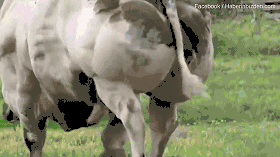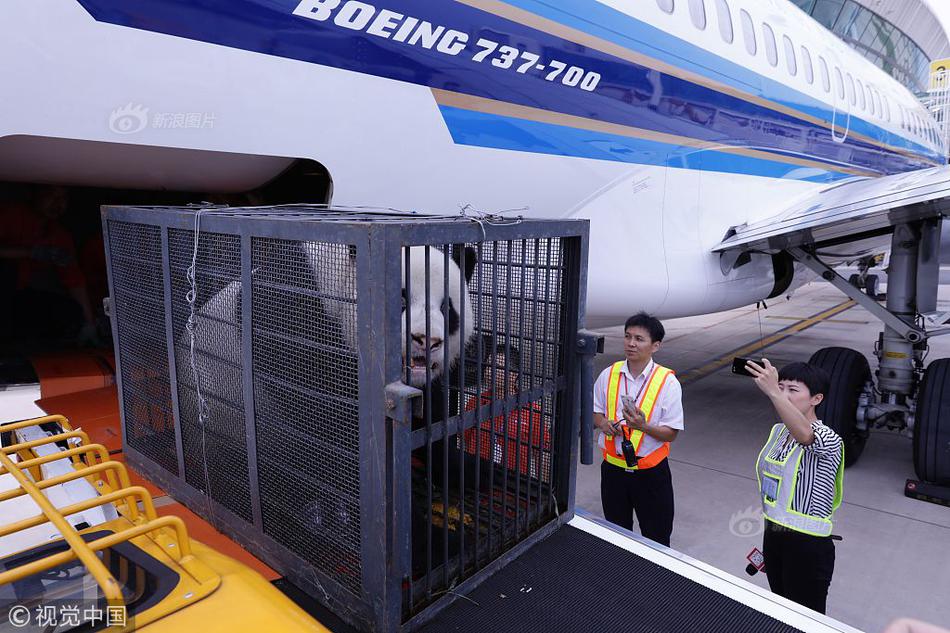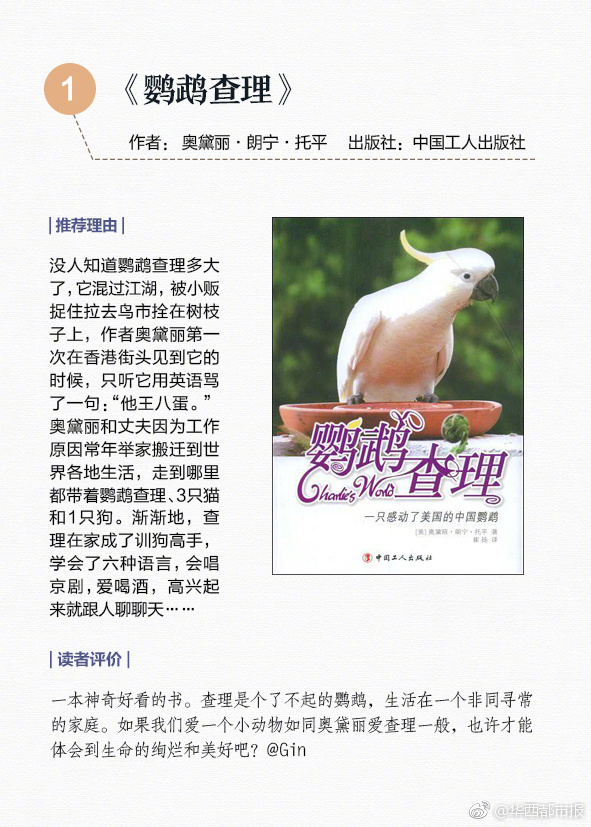
1. The car grade is generally: a00, a0, a, b, c and d. The wheelbase of the a00 passenger car is between 2 meters and 3 meters, and the engine displacement is less than 32313133353236313431303231363533e4b893e5b19e313334313636301 liters, such as Otto and smart At a00-level passenger car.
2. The car grade is generally: A00, A0, A, B, C and D. At the beginning of the promotion of its platform strategy, German Volkswagen divided the model platforms into six levels: A00, A0, A, B, C and D according to their size and positioning.
3. The car grade is generally: A00, A0, A, B, C and D, which is a classification method for automobiles derived from Volkswagen in Germany. It is not an authoritative standard, but a set of reference values formulated by Volkswagen when it formulated a platform strategy for itself, which was later widely General use.
4. The car grades are generally: A00, A0, A, B, C and D. The detailed classification instructions are as follows: The wheelbase of A00 passenger cars should be between 2 meters and 3 meters, and the engine displacement should be less than 1 liter. The wheelbase of A0-class A0 passenger car is 3 meters to 5 meters, and the displacement is 1 liter to 5 liters.

According to the standards of mainland China, it is divided into: mini car (disspostment of less than 1L), ordinary car (dispment of 0~6L), intermediate car (dispastment of 6~5L), medium and high-end car (dispastment of 5~0L), luxury car (distch is 4L Above).
A-class cars A-class cars are divided into three levels, namely A00, A0 and A.
They are divided into different levels,In fact, it is divided according to the different standards of wheelbase, length, displacement and quality of the vehicle.
1. China's automobile emission standards: The specific implementation so far has been mainly divided into six stages, namely National I, National II, National III, National IV, National V and National VI.
2. The carbon monoxide emitted by a car per kilometer cannot exceed 1,000 mg. The non-methane hydrocarbons emitted by cars per kilometer cannot exceed 68 milligrams. The nitrogen oxide emitted by a car per kilometer of driving cannot exceed 60 milligrams. The pm fine particulate matter emitted by a car per kilometer should not exceed 5 mg.
3. Automobile exhaust emission standard value IV standard: The measurement standard of exhaust must be related to speed or engine speed, otherwise the measured data is inaccurate and inconsistent.
4. The fourth national emission standard is the fourth national emission standard for motor vehicles. The pollutants emitted by cars mainly include hydrocarbons, nitrogen oxides, NO _ 1), PM, etc.
5. The national five automobile exhaust emission standards are equivalent to the European Union's five standards. The European Union has been implementing it since 2009, and its restrictions on motor vehicle emissions such as hydrocarbons, nitrogen oxides, carbon monoxide and suspended particles are stricter. From National One to National Five, every time the standard is raised, bicycle pollutants are reduced by 30% to 50%.
6. Automobile emission standard country V refers to the exhaust gas emission that meets China's standard emission standard country V, and the standard is the content of harmful substances in fuel exhaust emissions. The national standard gasoline sulfur content is 150mg/kg, the national standard diesel is 50mg/kg, and the national six diesel is 10mg/kg.
1. The types of motor vehicles and the classification standards of motor vehicles are as follows: large passenger cars refer to: vehicles with a length of more than 6m or more than 20 passengers (including drivers). Medium-sized passenger cars refer to: the length of the vehicle is less than 6m, and the number of passengers is more than 9 and less than 20 people.
2. Motor vehicle type and motor vehicle classification standard: large passenger car: the vehicle is more than 6m long or the number of passengers is more than 20 people (including the driver). Medium-sized passenger car: the length of the car is less than 6m, and the number of passengers is more than 9 and less than 20 people. Small passenger car: the length of the car is less than 6m, and the number of passengers is less than or equal to 9 people.
3. The following are the criteria for the definition of motor vehicle types: large passenger cars: the vehicle is more than 6m long or the number of passengers is more than 20 people (including the driver).Medium-sized passenger car: the length of the car is less than 6m and the number of passengers is more than 9 and less than 20 people. Small passenger car: the length of the car is less than 6m and the number of passengers is less than or equal to 9 people.
Comparative industry trade benchmarks-APP, download it now, new users will receive a novice gift pack.
1. The car grade is generally: a00, a0, a, b, c and d. The wheelbase of the a00 passenger car is between 2 meters and 3 meters, and the engine displacement is less than 32313133353236313431303231363533e4b893e5b19e313334313636301 liters, such as Otto and smart At a00-level passenger car.
2. The car grade is generally: A00, A0, A, B, C and D. At the beginning of the promotion of its platform strategy, German Volkswagen divided the model platforms into six levels: A00, A0, A, B, C and D according to their size and positioning.
3. The car grade is generally: A00, A0, A, B, C and D, which is a classification method for automobiles derived from Volkswagen in Germany. It is not an authoritative standard, but a set of reference values formulated by Volkswagen when it formulated a platform strategy for itself, which was later widely General use.
4. The car grades are generally: A00, A0, A, B, C and D. The detailed classification instructions are as follows: The wheelbase of A00 passenger cars should be between 2 meters and 3 meters, and the engine displacement should be less than 1 liter. The wheelbase of A0-class A0 passenger car is 3 meters to 5 meters, and the displacement is 1 liter to 5 liters.

According to the standards of mainland China, it is divided into: mini car (disspostment of less than 1L), ordinary car (dispment of 0~6L), intermediate car (dispastment of 6~5L), medium and high-end car (dispastment of 5~0L), luxury car (distch is 4L Above).
A-class cars A-class cars are divided into three levels, namely A00, A0 and A.
They are divided into different levels,In fact, it is divided according to the different standards of wheelbase, length, displacement and quality of the vehicle.
1. China's automobile emission standards: The specific implementation so far has been mainly divided into six stages, namely National I, National II, National III, National IV, National V and National VI.
2. The carbon monoxide emitted by a car per kilometer cannot exceed 1,000 mg. The non-methane hydrocarbons emitted by cars per kilometer cannot exceed 68 milligrams. The nitrogen oxide emitted by a car per kilometer of driving cannot exceed 60 milligrams. The pm fine particulate matter emitted by a car per kilometer should not exceed 5 mg.
3. Automobile exhaust emission standard value IV standard: The measurement standard of exhaust must be related to speed or engine speed, otherwise the measured data is inaccurate and inconsistent.
4. The fourth national emission standard is the fourth national emission standard for motor vehicles. The pollutants emitted by cars mainly include hydrocarbons, nitrogen oxides, NO _ 1), PM, etc.
5. The national five automobile exhaust emission standards are equivalent to the European Union's five standards. The European Union has been implementing it since 2009, and its restrictions on motor vehicle emissions such as hydrocarbons, nitrogen oxides, carbon monoxide and suspended particles are stricter. From National One to National Five, every time the standard is raised, bicycle pollutants are reduced by 30% to 50%.
6. Automobile emission standard country V refers to the exhaust gas emission that meets China's standard emission standard country V, and the standard is the content of harmful substances in fuel exhaust emissions. The national standard gasoline sulfur content is 150mg/kg, the national standard diesel is 50mg/kg, and the national six diesel is 10mg/kg.
1. The types of motor vehicles and the classification standards of motor vehicles are as follows: large passenger cars refer to: vehicles with a length of more than 6m or more than 20 passengers (including drivers). Medium-sized passenger cars refer to: the length of the vehicle is less than 6m, and the number of passengers is more than 9 and less than 20 people.
2. Motor vehicle type and motor vehicle classification standard: large passenger car: the vehicle is more than 6m long or the number of passengers is more than 20 people (including the driver). Medium-sized passenger car: the length of the car is less than 6m, and the number of passengers is more than 9 and less than 20 people. Small passenger car: the length of the car is less than 6m, and the number of passengers is less than or equal to 9 people.
3. The following are the criteria for the definition of motor vehicle types: large passenger cars: the vehicle is more than 6m long or the number of passengers is more than 20 people (including the driver).Medium-sized passenger car: the length of the car is less than 6m and the number of passengers is more than 9 and less than 20 people. Small passenger car: the length of the car is less than 6m and the number of passengers is less than or equal to 9 people.
International trade compliance dictionary
author: 2024-12-24 01:59HS code mapping to product categories
author: 2024-12-24 01:53HS code-based opportunity in emerging economies
author: 2024-12-24 01:40How to use trade data for market expansion
author: 2024-12-24 01:24Global trade analysis dashboard
author: 2024-12-24 00:52Best Asia-Pacific trade analysis
author: 2024-12-24 02:45HS code updates for emerging markets
author: 2024-12-24 02:16Metal scrap HS code classification
author: 2024-12-24 02:13Insightful trade route analysis
author: 2024-12-24 01:19How to map complex products to HS codes
author: 2024-12-24 00:57 Exotic wood imports HS code references
Exotic wood imports HS code references
983.36MB
Check International freight rate analysis
International freight rate analysis
482.96MB
Check trade data services
trade data services
256.26MB
Check trade compliance solutions
trade compliance solutions
481.92MB
Check HS code strategies for trade diversification
HS code strategies for trade diversification
374.83MB
Check Data-driven trade invoice verification
Data-driven trade invoice verification
622.61MB
Check Metal commodities HS code directory
Metal commodities HS code directory
711.77MB
Check Exporter data
Exporter data
743.16MB
Check Trade data-driven cost modeling
Trade data-driven cost modeling
894.37MB
Check How to ensure data-driven export strategies
How to ensure data-driven export strategies
159.31MB
Check HS code-driven freight route adjustments
HS code-driven freight route adjustments
138.72MB
Check International trade database customization
International trade database customization
646.57MB
Check How to validate supplier compliance
How to validate supplier compliance
978.67MB
Check Processed foods HS code mapping
Processed foods HS code mapping
179.79MB
Check Trade data for industrial machinery
Trade data for industrial machinery
675.82MB
Check Latin American HS code alignment
Latin American HS code alignment
886.76MB
Check Agriculture trade by HS code in Africa
Agriculture trade by HS code in Africa
671.48MB
Check Refrigeration equipment HS code checks
Refrigeration equipment HS code checks
589.73MB
Check Advanced commodity classification analytics
Advanced commodity classification analytics
496.19MB
Check How to analyze non-tariff measures
How to analyze non-tariff measures
312.85MB
Check How to ensure stable supply lines
How to ensure stable supply lines
761.14MB
Check HS code analytics for port efficiency
HS code analytics for port efficiency
143.17MB
Check Marine exports HS code insights
Marine exports HS code insights
573.37MB
Check Trade data for non-profit organizations
Trade data for non-profit organizations
135.35MB
Check Crude oil (HS code ) export trends
Crude oil (HS code ) export trends
545.83MB
Check Advanced tariff classification tools
Advanced tariff classification tools
679.97MB
Check Precision machining HS code checks
Precision machining HS code checks
531.85MB
Check Medical PPE HS code verification
Medical PPE HS code verification
322.37MB
Check Advanced trade data analytics techniques
Advanced trade data analytics techniques
929.64MB
Check UK trade data management software
UK trade data management software
836.16MB
Check global market access
global market access
187.98MB
Check HS code-based inbound logistics optimization
HS code-based inbound logistics optimization
637.49MB
Check How to interpret bonded warehouse data
How to interpret bonded warehouse data
416.51MB
Check Comprehensive customs data libraries
Comprehensive customs data libraries
849.44MB
Check Pet feed HS code verification
Pet feed HS code verification
547.19MB
Check Frozen goods HS code classification
Frozen goods HS code classification
532.24MB
Check
Scan to install
Comparative industry trade benchmarks to discover more
Netizen comments More
1900 Global HS code standardization efforts
2024-12-24 03:14 recommend
1909 HS code-based quality control checks
2024-12-24 03:10 recommend
2887 Plant-based proteins HS code verification
2024-12-24 01:44 recommend
2428 Exotic fruits HS code references
2024-12-24 00:55 recommend
2453 HS code alignment with import licensing
2024-12-24 00:40 recommend